Repost: Vintage Days: Easter Dresses
Part I: Spring fashions from Edwardian Era and the 1920's
Good morning! For all the new subscribers, this is a repost from the archives. You’ll find a link to Part II at the bottom of this post, if you’d like to continue reading about vintage Easter Dresses. Between now and April 25th, I’ll share occasional sketch-based posts, before we get back to fiction!
The tradition of new clothing for Easter stems from the Church itself, as the newly baptized would wear new white robes. Easter colors later shifted from white to any hue, especially red, and came at least to our traditional pastel palette, more prevalent after the Edwardian period.
Dresses became less multi-purpose, a necessity especially seen in the 19th century, when clothing would be adapted and modified for each season as though it were new. In such times, colors less specific to Spring may have been preferred.
We’ve found that for the most part, women’s church attire tended to be comprised of their best day dress or a tea dress, pumps or Mary Janes, and a hat, though veils were sometimes worn instead. Women belonging to the upper classes frequently wore gloves, while women of the lower classes usually did not during the Edwardian period. Bonnets of many styles were an Easter tradition, often covered with flowers. From the few pictures we’ve seen of Catholic Masses, veils were not visible in the sea of hats, though many vintage hats themselves had some type of veil of netting.
While many available images of ladies on Easter are for private use, below are images of Spring fashions that likely fit Easter attire.
Early Edwardian:
Early Edwardian dresses tended to be ethereal, sculptural creations, with voluminous skirts in delicate yet sturdy fabrics. A 1904 newspaper recommends, with utmost specificity as to the details of the gown, an Easter dress in “pansy” purple, with a deep blue coming in second.1 Purple and blue seem to have been popular in much of the first decade, and images of fabrics in the 1910’s continue the trend, with pale pinks, blues, purples, and the occasional pastel green or yellow. Particular shades in lighter hues included pastel blue, light blue, yellow, pink, rose, and turquoise.2
Easter hats were a serious affair in the Edwardian period. Hats were a staple at any time, extravagant and picturesquely massive, but for Easter, it was nearly a requirement to have a new one. Chiffon, tulle, and flowers were common materials. Hats ranged in size from massive to much smaller, enabling women of all economic classes to obtain hats of their own.
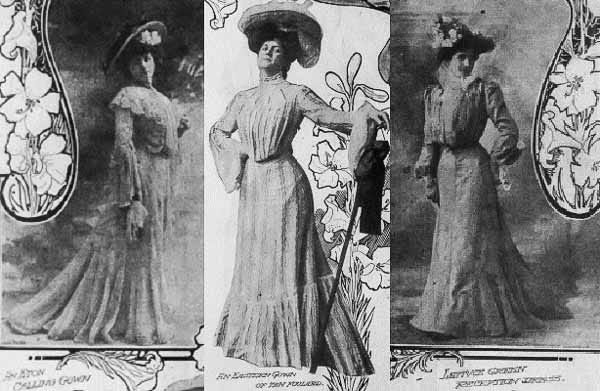
Below is a wedding photo dated to 1903. The bride’s dress and hat are elegant yet practical, characteristics that were typical of Edwardian attire. Edwardian women would often repurpose their clothing, dyeing everyday dresses to make them appropriate for church or even weddings. Consistent with what we noted above, the woman in the photo wore this lovely hat instead of a lace veil for her Catholic wedding.
Late Edwardian: The Titanic Era - pre-World War I
In the second decade, the silhouette slimmed, a trend which would be continued in the 1920’s. The dedication to hats, however, was unchanged, and the color profile remained similar to the previous decade, with lavender, wisteria, and coral as some newer popular shades. Similar to the earlier years, upper-class women wore gloves for social events, while the lower classes rarely did.
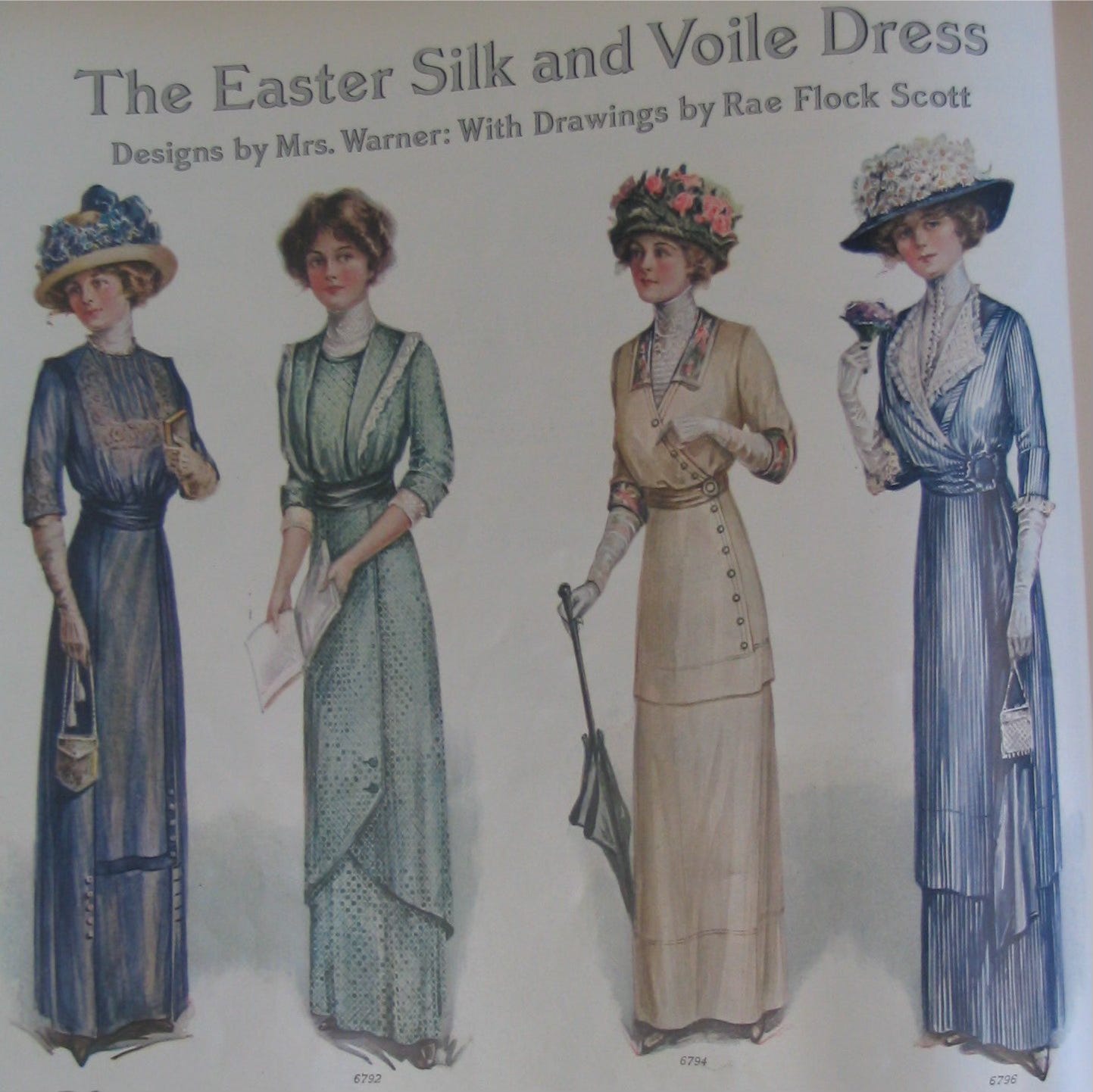
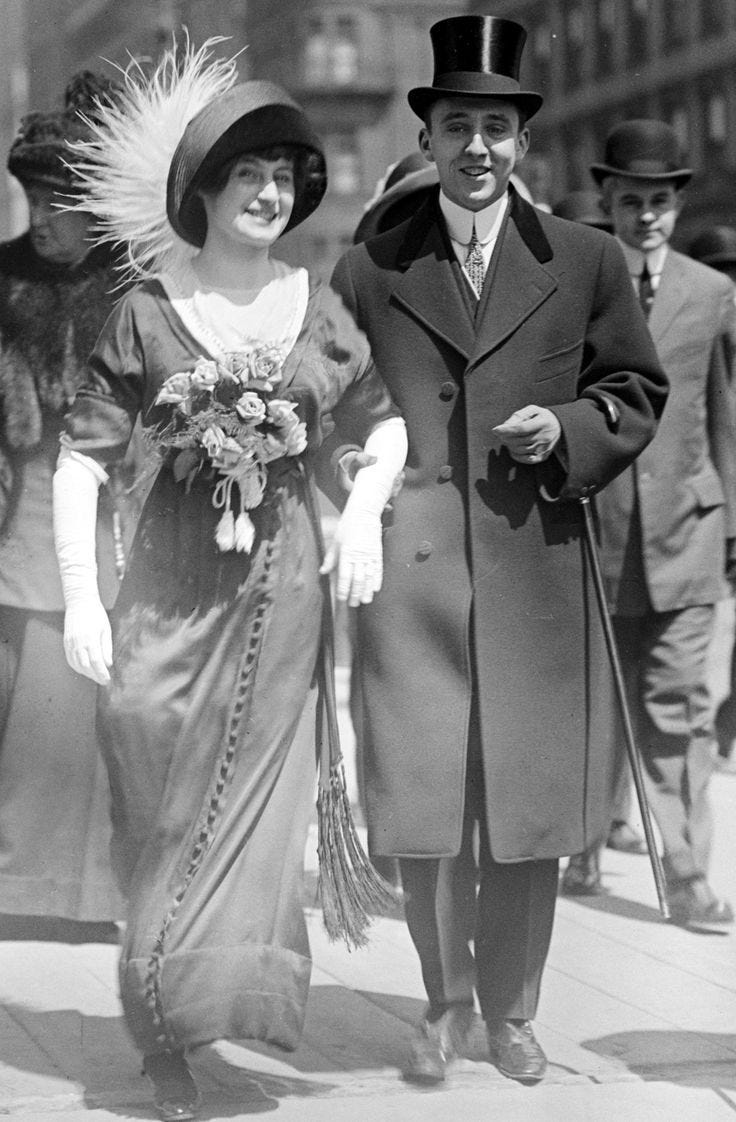
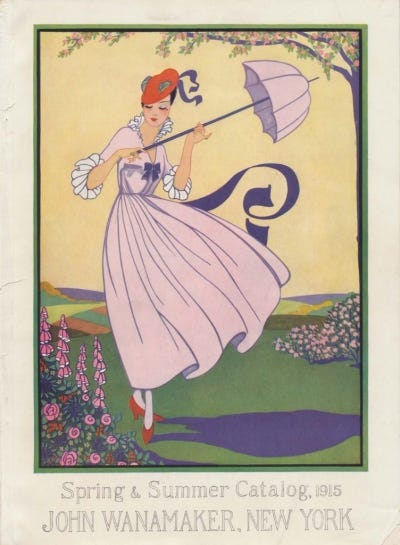
The 1920’s
“Surprisingly, wearing Sunday’s best was not part of the ’20s culture. . .whatever she wore for streetwear / afternoon attire she also wore to church, as long as it was modest with long sleeves and a below the knee hemline. If a sleeveless dress was worn, a light shawl, wrap or jacket acted as a light coverup. Simple, non-distracting clothing was appreciated. . .Women were required to wear a hat, gloves, and a matching purse. These three accessories polished her look and gave her permission to add personality to an otherwise conservative dress.”3
This contradicts the typical image of the 20’s, when daring fashions took over and replaced millennia of (mostly) sweeping or ankle-length dresses. Femininity was lessened for a more boyish look and silhouette.
Favored colors suitable for Easter included rose, emerald green, violet, dusty peach, medium blue, and faded yellow.4
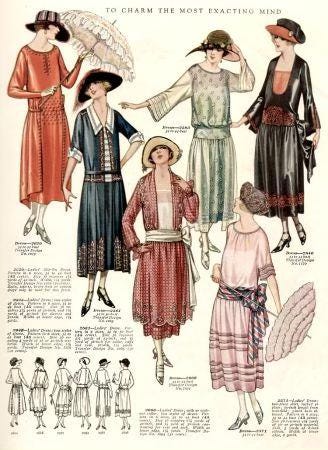
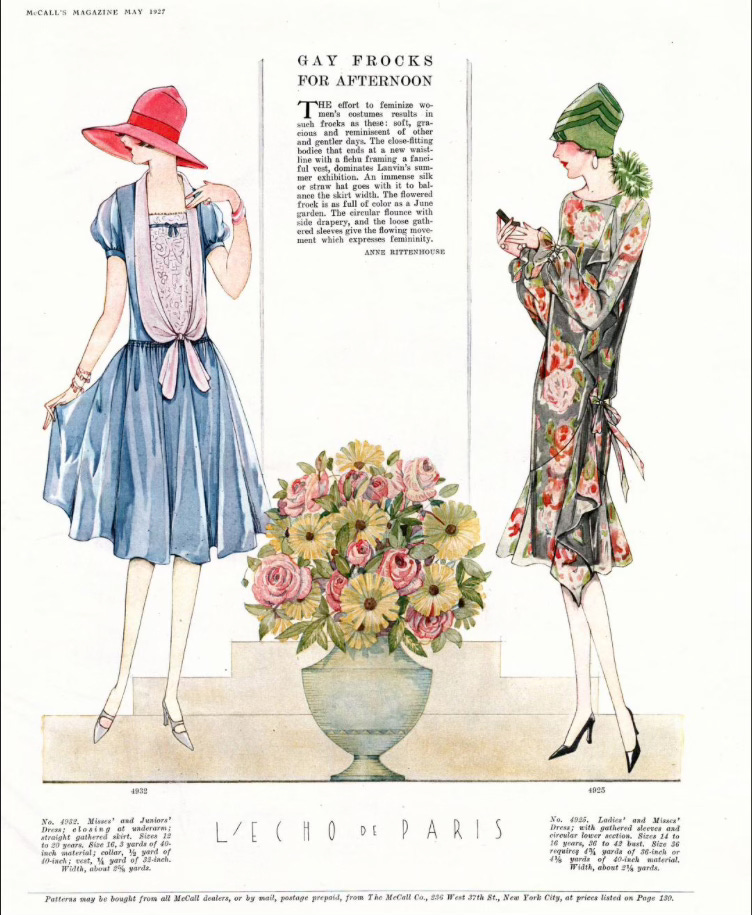
If you’d like to read about Spring styles in the 30s, 40s, and 50s, you’ll find it here:
Vintage Days: Easter Dresses: Part II
From the introduction of Part I, we know the basics of Easter dresses in vintage days: whenever possible, a new spring frock was obtained, perhaps even with new hat, shoes, purse, and other accessories. Such dresses were generally otherwise considered a day dress or afternoon/tea dress, worn with some style of heels.
You can find my available freelance services here:
Windflower is fully supported by its audience. Instead of buying me a coffee, you can purchase my novels or leave a donation which will go towards the purchase of fabric for interactive projects, where you’ll be able to vote on what historical dress or film costume I’ll recreate! Donations also help to continue creating Windflower’s content and to support the local Latin Mass.
Please consider liking, subscribing and sharing with your friends. Thank you, and God bless!
Sources referenced:
https://www.sensibility.com/blog/blog/reproducing-1912-fashions-remember-titanic/
https://vintagedancer.com/1900s/edwardian-fabrics-1900-1919-ww1-titanic/
https://www.sewhistorically.com/how-to-dress-in-the-edwardian-era/
https://vintagedancer.com/1900s/titanic-fashion-1st-class-women/
https://www.sewhistorically.com/edwardian-easter-gowns-for-the-easter-parade/
https://www.sewhistorically.com/edwardian-easter-hats/
https://vintagedancer.com/1920s/fabrics-and-colors/
https://vintagedancer.com/1920s/1920s-afternoon-dresses/
https://vintagedancer.com/1920s/when-to-wear-what-in-the-1920s/
https://vintagedancer.com/1940s/1940s-capsule-wardrobe-what-clothing-cost/
https://www.sewhistorically.com/edwardian-easter-gowns-for-the-easter-parade/
https://vintagedancer.com/1900s/edwardian-fabrics-1900-1919-ww1-titanic/
https://vintagedancer.com/1920s/when-to-wear-what-in-the-1920s/
https://vintagedancer.com/1920s/fabrics-and-colors/







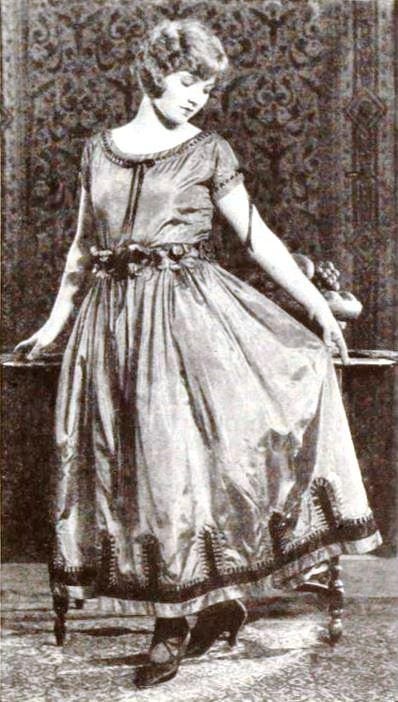

So cool. The Edwardian era is one of my favorites when considering fashion.
What a lovely piece. I believe older fashions hold the key to actually growing a realistic fashion industry. People thought about the beauty and purpose of clothing. A lot of that thinking is still extremely valuable. I own a few older fashion monographs, myself. I just find this type of thing fascinating. Thank you for allowing me to read that wonderful examination of Easter fashion.